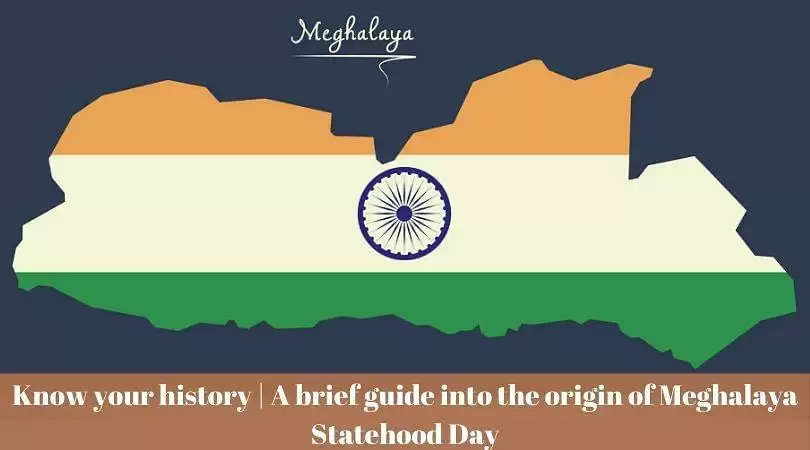Know your history | A brief guide into the origin of Meghalaya Statehood Day

TNT FEATURE | JANUARY 21, 2020
1 Meghalaya was formed by carving out two districts from the state of Assam: the United Khasi Hills and Jaintia Hills, and the Garo Hills on January 21, 1972.
2 The Garo, Khasi and Jaintia tribes had their own kingdoms until they came under British administration in the 19th century. Later, the British incorporated Meghalaya into Assam in 1835. The region enjoyed semi-independent status by virtue of a treaty relationship with the British Crown.
3 When Bengal was partitioned on 16 October 1905 by LordCurzon, Meghalaya became a part of the new province of "Eastern Bengal and Assam." However, when the partition was reversed in 1912, Meghalaya became a part of the province of Assam.
4 On 3 January 1921 in pursuance of Section 52A of the Government of India Act of 1919, the governor-general-in-council declared the areas now in Meghalaya, other than the Khasi states, as "backward tracts." Subsequently, however, the government of India Act of 1935 regrouped the backward tracts into two categories: "excluded" and "partially excluded" areas.
5 At the time of Indian independence in 1947, present day Meghalaya constituted two districts of Assam and enjoyed limited autonomy within the state of Assam.
6 The Assam Reorganisation (Meghalaya) Act of 1969 accorded an autonomous status to the state of Meghalaya. The Act came into effect on April 2, 1970, and an Autonomous State of Meghalaya was created in the state of Assam. The autonomous state had a 37 member legislature in accordance with the Sixth schedule to the Constitution.
7 In 1971, the Parliament passed the North-Eastern Areas (Reorganization) Act, 1971, which conferred full statehood on the Autonomous State of Meghalaya. Meghalaya attained statehood on 21 January 1972, with a Legislative Assembly of its own.

















